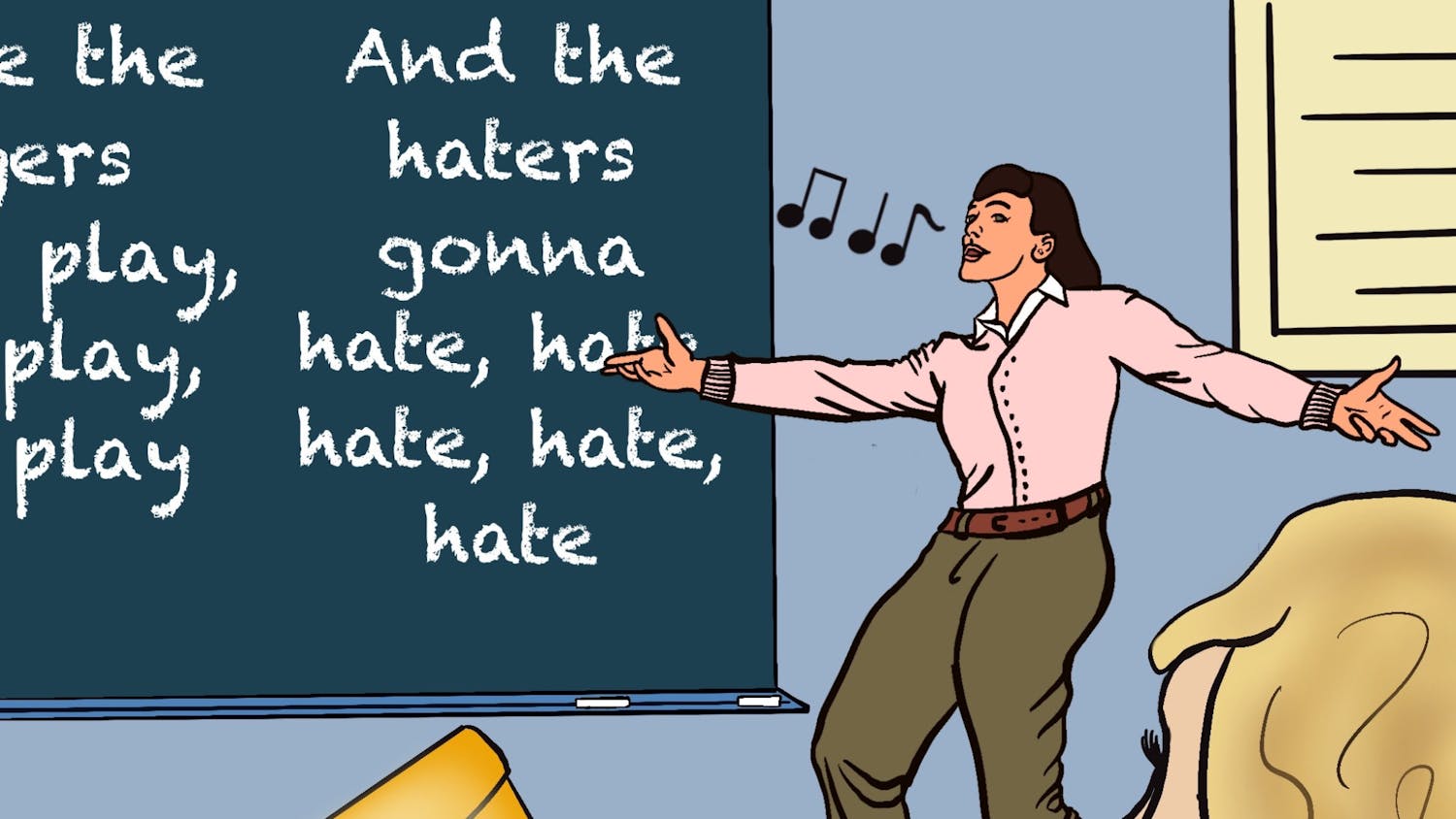The poem ends like this: “Here in Terezín life is hell/ And when I’ll go home again, I can’t yet tell.” It’s signed, “Teddy.”
Written by a child, the poem is displayed on the wall of a new exhibit at UNM showcasing artwork produced from inside a Nazi “prison-ghetto,” or concentration camp, near Prague in the early 1940s.
The exhibit, “Through a Narrow Window: Friedl Dicker-Brandeis and Her Terezín Students,” highlights the work of Dicker-Brandeis, a Czech painter, and the children she taught art to inside the Terezín camp.
It is part of a larger exposition, also called “Through a Narrow Window,” which will feature several theater performances, a poetry reading and a recital by the UNM Children’s Chorus, featuring Terezín survivor Ela Weissberger.
Dicker-Brandeis was sent to the camp in 1943, where she taught art lessons for children confined at the camp from a small desk in her quarters.
The exhibit displays about the same number of works from Dicker-Brandeis and her students. Most of Dicker-Brandeis’ displayed work comes from her life before the camp, when she was an art student at the Weimar Bauhaus school.
All the work from her students was produced from inside the internment camp. The paintings by the children, except for some that are from unknown artists, are labeled with the child’s name, year of birth, year sent to Terezín and their fate — either “survived” or “did not survive.”
One piece, “Light/Dark Study,” by Sonia Spitzova, shows a girl with her arms outstretched, each held by a group of people, and each group pulling her in opposite directions.
Spitzova, the plaque says, was born in 1931, meaning she was 12 years old when she made the painting in 1943. She did not survive Terezín.
Many of the paintings are studies directed by Dicker-Brandeis, but the darkness of life at Terezín still comes through. A painting by 14-year-old Irena Eislerova, “Plantstudie,” is a simple watercolor of a vase full of flowers. But the flowers’ dark tones and the background convey a sadness that extends beyond the subject matter.
Dicker-Brandeis’ earlier work is melancholy, hinting that life in the Czech Republic may not have been rosy even before Dicker-Brandeis was sent to Terezín.
For example, her piece “Kneinde,” a charcoal from 1920, shows a woman holding her head in her hands and crying. Two paintings, “Study for Interrogation and Interrogation II,” from 1934-35, show a disturbing clown-like figure painted in an impressionistic style.
Her paintings done inside Terezín, by contrast, are mostly simple studies of people’s faces, betraying little negative emotion.
The exhibit also showcases a film made in 2005 by documentarian Irmgard von zur Mühlen, “Holocaust: Theresienstadt.” The film contrasts Nazi propaganda films about Terezín (known in German as Theresienstadt) and the reality of life in the camp.
Get content from The Daily Lobo delivered to your inbox
The exhibit is guest curated by Linney Wix, an associate professor in the Art Education Program, who produced a book of paintings by Dicker-Brandeis and her students.
One observation left in the public-comments book sums up the exhibition well. “Dear Linney,” it reads. “You have done what needed to be done. You brought back to this world lives almost lost from us.”





